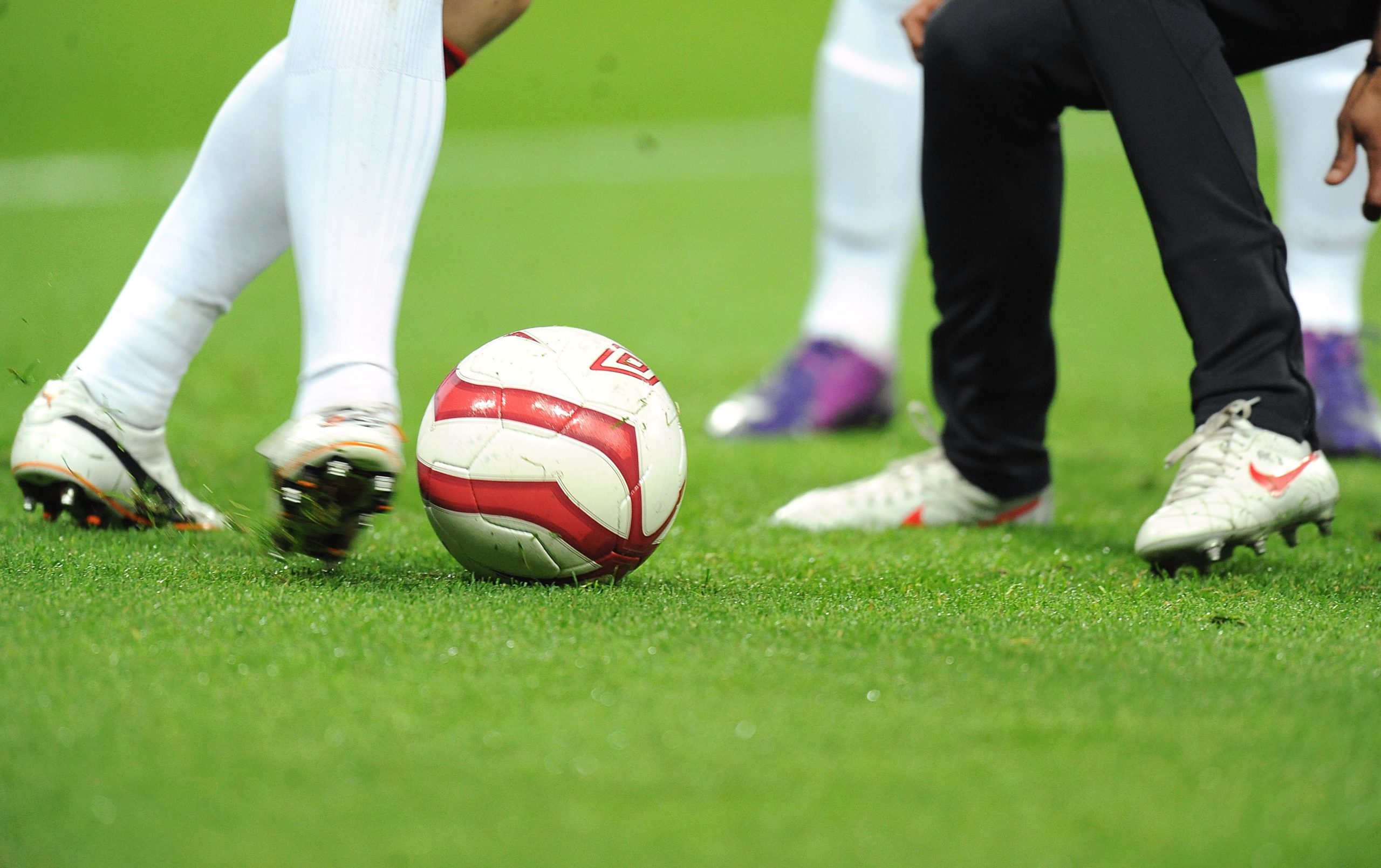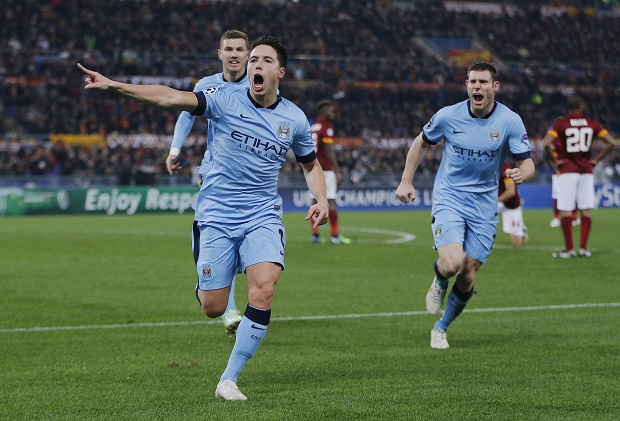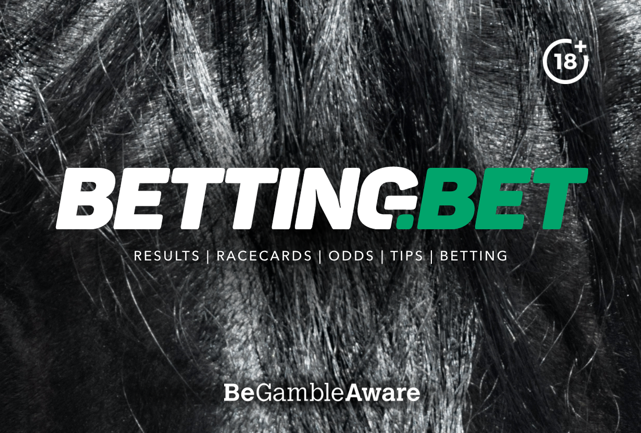
The term “astroturf” has become synonymous with artificial grass across the globe, yet few understand the distinction between the pioneering brand and the product category it spawned. From its revolutionary introduction at the Houston Astrodome to modern sustainable innovations, artificial turf technology has transformed sports infrastructure and residential landscaping. This comprehensive guide addresses the most frequently asked questions about AstroTurf, the brand, and artificial turf generally, providing clarity on topics ranging from historical origins to contemporary applications.
What exactly is AstroTurf, and how did it originate?
AstroTurf represents the original synthetic turf product, invented by James M. Faria and Robert T. Wright at Monsanto Corporation. The product emerged from an unexpected source: concerns about urban fitness during the Korean War. The U.S. Army had found urban recruits to be less physically fit than rural recruits. Attributing this to a lack of green space in cities, the Ford Foundation funded research for Monsanto to create a synthetic grass replica in 1962.
The material, initially called ChemGrass, received its first experimental installation at the Moses Brown School in Providence, Rhode Island, in 1964. However, the product gained fame through its installation at the Houston Astrodome in 1966. It was patented in 1965 and originally sold under the name “ChemGrass.” It was rebranded as AstroTurf by company employee John A. Wortmann after its first well-publicized use at the Houston Astrodome stadium in 1966. The Astrodome faced a unique challenge: its clear roof panels created glare that made catching fly balls impossible, but painting the panels killed the natural grass beneath. This engineering problem necessitated an innovative solution, leading to the installation of ChemGrass, quickly renamed AstroTurf after its high-profile venue.
How does AstroTurf differ from other artificial turf brands?
While “astroturf” is mistakenly used as a generic term, AstroTurf remains a distinct brand with specific technological innovations. The company, now a subsidiary of SportGroup, continues to pioneer advances in synthetic surface technology. Their proprietary RootZone technology distinguishes modern AstroTurf products from competitors by using crimped nylon fibers that create a three-dimensional matrix beneath the playing surface, effectively encapsulating infill material.
The Diamond Series, introduced in 2008, exemplifies brand-specific innovation as the first sport-specific turf system engineered exclusively for baseball. Unlike generic artificial turf products that attempt universal applications, AstroTurf develops specialized surfaces for different sports, with customizable components for various field areas. The company maintains control over its entire manufacturing process, from initial masterbatch formulation through final field installation, ensuring consistent quality that differentiates it from other manufacturers who may outsource various production stages.
What are the costs associated with artificial turf installation and maintenance?
Initial installation costs for artificial turf range significantly based on quality and application. The average artificial sports turf field ranges in cost based on variables that include the product selected, type of sport, field lines, base work needed, shock pad, and infill type used.
The maintenance costs for an artificial turf sports field range from $7,000 to $23,000 per year, depending on the size of the field, the geographical location, the type of turf used on the field, and the equipment available. Most analyses suggest artificial turf installations recoup their investment within three to five years through reduced maintenance and water costs.
How long can artificial turf be expected to last?
Artificial turf for sports fields faces intense wear and tear, with a general lifespan of about 8 to 10 years, though this varies based on various quality standards. Frequent activity, such as running, jumping, and cleat use, accelerates fiber degradation, making regular maintenance and periodic replacement essential. Professional and collegiate facilities often implement replacement schedules based on these parameters, budgeting for new surface installation every decade.
What environmental impacts does artificial turf create?
Environmental considerations surrounding artificial turf involve complex trade-offs. Water conservation represents the primary environmental benefit, with synthetic surfaces eliminating irrigation requirements that can consume thousands of gallons annually.
Modern manufacturers address some environmental concerns through innovation. AstroTurf has developed carbon-neutral hockey turf incorporating 80 percent bio-based materials derived from sustainably farmed sugar cane. AstroTurf also offers PFAS-free systems and explores end-of-life recycling solutions, though disposal of worn artificial turf remains problematic industry-wide. Most notably, AstroTurf has developed the only USDA BioPreferred sports turf in the industry: the RootZone GT-B Series.
What maintenance does artificial turf actually require?
Artificial turf requires some regular attention to maintain optimal conditions. Essential maintenance tasks include brushing fibers to prevent matting, removing debris and organic matter, etc.
Professional facilities implement comprehensive maintenance protocols. Deep cleaning should occur monthly or, at a minimum, quarterly, involving filtering and reapplying turf granules while breaking up any compacted areas. Specialized equipment helps maintain consistent surface characteristics, with some facilities using multifunctional devices rather than multiple specialized machines. Regular grooming ensures consistent performance and appearance while extending the surface’s operational lifespan.
Where does AstroTurf see primary use?
AstroTurf surfaces have hosted remarkable sporting events throughout history, including 12 World Series, 11 Super Bowls, 10 Olympics, 8 Major League All-Star Games, and 34 NFL Pro Bowls. Contemporary applications extend well beyond professional sports venues. College athletic programs increasingly choose AstroTurf systems, particularly for baseball facilities, where the Diamond Series has become the preferred surface for more Division 1 programs than any other artificial turf system since 2009.
Youth sports complexes utilize synthetic surfaces to guarantee playable conditions for tournaments regardless of the weather. Training facilities for professional teams install artificial turf to maintain consistent practice conditions year-round. The technology also enables unique venue transformations, such as the 2025 Speedway Classic at Bristol Motor Speedway, where a temporary Diamond Series field allowed Major League Baseball to be played in a NASCAR venue.
Final thoughts on AstroTurf and astroturf
Understanding the distinction between AstroTurf as a pioneering brand and artificial turf as a product category helps inform decisions about synthetic surface selection. From its origins, solving an engineering challenge at the Houston Astrodome, to contemporary bio-based materials and sport-specific designs, synthetic turf technology continues to advance to address performance, safety, and environmental concerns. While debates persist regarding optimal playing surfaces for various applications, the evolution from first-generation ChemGrass to modern systems demonstrates the industry’s responsiveness to user needs and environmental imperatives. Whether considering residential landscaping or professional sports facilities, a thorough evaluation of costs, maintenance requirements, safety considerations, and environmental impacts remains essential for making informed choices about artificial turf installation.









